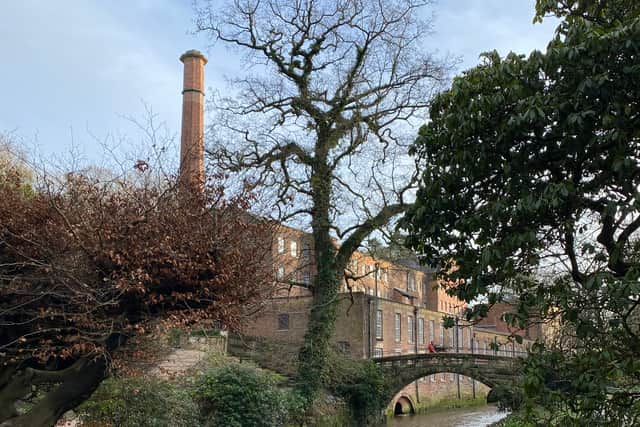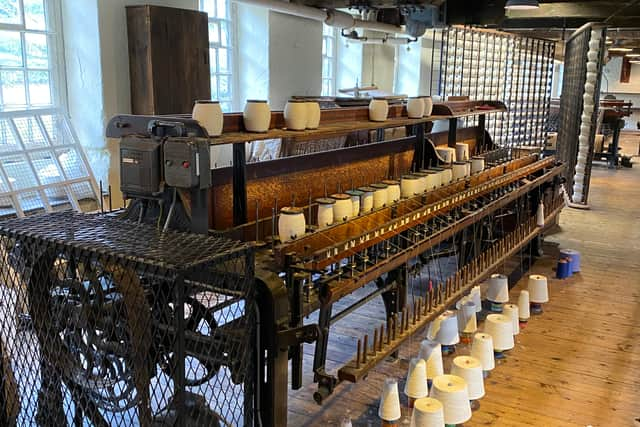The hidden working 18th century cotton mill in a leafy area on fringes of Manchester you need to visit
and live on Freeview channel 276
The North West of England has a rich industrial history. The towns and cities of the region, including Manchester, expanded rapidly as a result of the industrial revolution and the changing way the nation worked and produced.
Whilst other regions of the country were predominantly known for coal mining, ship building or other industries, Lancashire made a name for itself through the cotton and textiles business. The region became a hotbed for cotton production, so much so that Manchester was garnished with the nickname ‘Cottonopolis’ as huge areas of the world came to use North West cotton.
Advertisement
Hide AdAdvertisement
Hide AdKeeping the history of the region alive can be difficult, especially when much of the history was steeped in large cotton mills that have long since gone. Yet there is one site that, thanks to charity the National Trust, has been able to keep the story of the Lancashire cotton industry alive.


Quarry Bank Mill is located on the fringes of Greater Manchester, near the leafy village of Styal. The mill dates back to the start of the Industrial Revolution, and was opened in 1784 by Samuel Greig.
To get to the mill, you must first head down a swooping, leafy road. The chimney stack of the mill emerges from behind the tree canopy, and creates a crude contrast of man made industry and natural beauty. Inside the mill, you are transported back to the height of cotton production in the region, and functioning machines based on those used by workers help to paint a vivid picture of the brutal conditions they faced.
An important feature of the mill is information on the role the Transatlantic Slave Trade had on the cotton indstry. Raw cotton was picked by slaves on plantations in North America, South America and the Caribbean, and transported to Lancashire and to the region’s mills- a dark side of history which should never be forgotten.
Advertisement
Hide AdAdvertisement
Hide AdThe mill has four floors, and as previously mentioned I discovered during my visit that it is an operational work environment. Water from the River Bollin keeps the mill’s wheel turning, and I was able to get a close up perspective of how this piece of engineering helped to keep up with the demand of a revolutionised world.


Demonstrations from National Trust staff show some of the mills’ machinery in action, recreating the noisy working conditions those mill workers had to endure in the name of progress.
The mill is one that still functions, and not just as a tourist attraction. A small about of cotton is produced through the demonstrations, and this is put to good use. Towels and dusters in the gift shop have been created using the cotton produced in the mill across the way from it, and I decided to make a purchase to have a real, authentic souvenir from the historical landmark.
Quarry Bank is in its own world, frozen in a time during which industrialisation would have seemed bold and scary to many. It is secluded, off the beaten path and hidden away by trees, but is a site which holds so much importance in terms of historical significance and making sure we don’t forget the steps of progress we have made as a society to get from then to where we are today.
Comment Guidelines
National World encourages reader discussion on our stories. User feedback, insights and back-and-forth exchanges add a rich layer of context to reporting. Please review our Community Guidelines before commenting.
